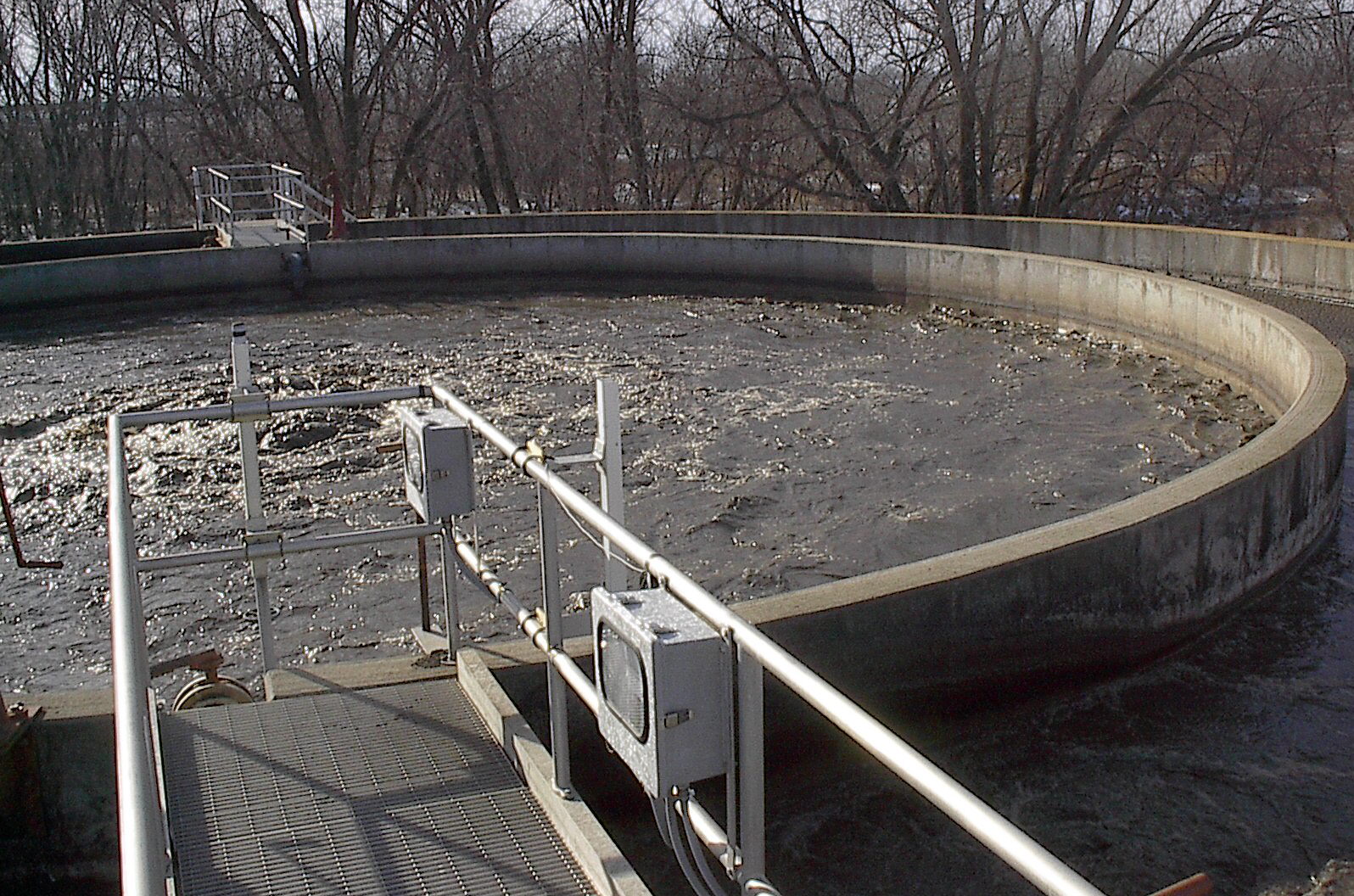Water pollution is caused by industrial and mining activities, domestic wastes and agricultural run-offs. But with a little planning and by making use of appropriate technologies, waste water can be treated properly.
Some of these techniques of treating waste water are discussed below:
1. Sewage treatment plants:
Waste water treatment is a very good way to clean waste water of harmful substances. The treated water is then released into the seas and rivers so that the water enters the natural hydrological process.
ADVERTISEMENTS:
Partially or untreated sewage when released into the water bodies leads to contamination by pathogens, loss of fish population due to reduction of dissolved oxygen, metal contamination, bad odour and biomagnifications of heavy metals.
Sewage treatment from single dwelling unit is through anaerobic digestion in a septic tank. It ensures sedimentation and decomposition of organic waste by microbial activities. It is used in small residential units and is not fully safe system.
Municipal sewage treatment:
It is the best process to treat waste water and involves three basic steps:
ADVERTISEMENTS:
i. Primary treatment:
It is conducted to remove coarse solids. It involves various processes like screening and grinding and finally sedimentation.
ii. Secondary treatment:
It involves many steps. Firstly, the organic matter is biologically degraded by anaerobic bacteria. The sludge materials are then converted into soluble and gaseous products. The liquid effluent of primary treatment is subjected to oxidation by microorganisms. This process takes a few weeks time.
ADVERTISEMENTS:
Then comes aeration process of the liquid sludge through activated sludge process. It aerates the sludge for 4-8 hours and by this method colloidal sewage creates flock, which is rich in microorganisms. It is then sent to sedimentation tank and the effluent of this tank is completely treated waste water. Then effluent is sent to oxidation tank for algal growth.
iii. Tertiary Treatment:
It includes chlorination of effluent kept in the oxidation pond. Chlorine disinfects the effluent which is now ready for disposal in water bodies or on land. The sludge is dried to be used as manure or burnt in incinerators.
Industrial waste water treatment:
Effluents of different industries are not chemically similar and therefore they require different techniques for their purification.
Raw water is pumped to storage tanks for the treatment. Filtration and exposure to ultraviolet radiation is practised to remove suspended solid substances and to kill pathogenic bacteria. In open tanks, sun helps to bleach colour and oxidation of organic waste. It is then aerated and as a result soluble metal hydroxide changes to insoluble precipitate and can be removed by flocculation or filtration.
In the next stage, specific coagulants such as aluminium hydroxide, aluminium sulphate, iron chloride, iron sulphate and lime are added to induce particles into colloidal forms. This process is termed as coagulation.
It is followed by flocculation. This is done by gradually mixing water that induces particles to unite to form larger aggregrates. It is followed by clarification.
Flocks and aggregrates are removed by settlements. The treated water contains fine solid substances that are removed by passing the water through rapid sand filters. It is then subjected to pH treatment. Alkalis are added to increase the pH while acids are added to decrease the pH.
To remove any leftover microorganism, this water is subjected to disinfection through chlorination, ultraviolet treatment or ozone treatment.
2. Labelling:
If products are labelled properly as flammable, poisonous and corrosive, they can be disposed of properly by users. This will help us in maintaining the quality of water. Therefore, the products should be properly labelled.
3. Improved industrial processes:
Using industrial process and raw material that will cause less release of pollutants should be used.
4. Removing wastes:
Wastes should be removed from water using evaporation and incineration techniques. They can also be removed by storing the water and releasing the water after the wastes have settled down. Physiochemical means of treating water effluents include filtration, extraction, coagulation and flotation.
5. Appropriate domestic use:
Water used at home, in which use of soap and detergents has been made, should not be discharged in natural water bodies without being treated.

